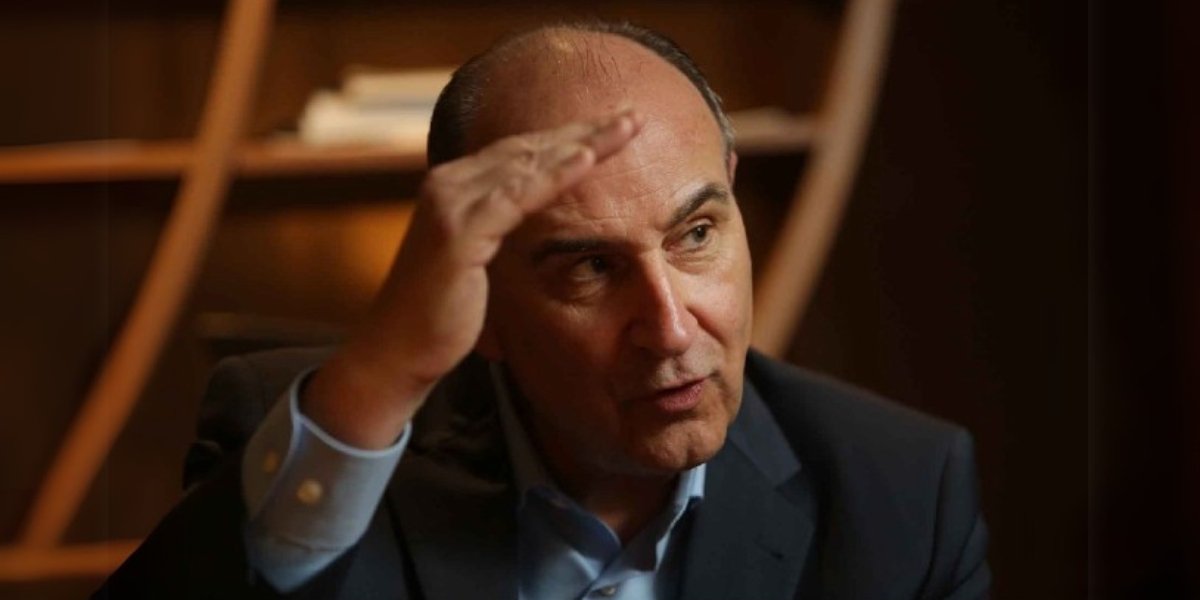Why the United States Mint Stepped Away from the Penny
The announcement that the Mint pressed its final batch of circulating pennies in November 2025 marked a moment many Americans had mixed feelings about. The update became widely known after an AP News report highlighted comments from Mint Director Ventris Gibson, who said the penny had become too costly to continue producing. The decision reflected years of rising expenses tied to materials, staffing, and distribution.
The penny had been costing several times its face value to produce. That gap created a financial problem that eventually outweighed tradition. Officials involved in the discussion explained that the change wasn’t based on sentiment. It was a budget choice that had been delayed many times while the Mint searched for ways to lower production costs. Those efforts didn’t produce the savings people hoped for.
Some Americans wondered whether this shift meant the penny would vanish immediately. The Mint addressed those concerns through its U.S. Mint press release, which explained that all pennies already in circulation would remain legal tender. That message calmed fears that people would need to rush to spend or exchange their coins.
How the Change Affects Everyday Spending
The decision doesn’t lead to any overnight shift at the cash register. Billions of pennies remain in circulation and will continue to show up in jars, drawers, pockets, and store tills. Shoppers using cash may notice no difference for a long time as businesses still hand out the coins they already have. Only once the supply thins will anyone feel a slow change in day to day transactions.

Some stores may eventually round cash totals to the nearest five cents. There is no federal rule requiring them to do this. It remains a choice made by individual businesses that find rounding easier than stocking low value coins. People who prefer cash might see small adjustments later, but card transactions will continue to process the exact amount since they don’t involve physical coins.
Small business owners have shared different views on the adjustment. Some prefer keeping as many pennies as possible because they want exact change available. Others see the end of new pennies as a relief because they no longer need to order additional rolls. That variety in approach means Americans may notice different practices depending on where they shop.
How Businesses and Consumers Can Expect the Transition to Unfold
The Treasury didn’t remove the penny as legal currency, so businesses aren’t required to refuse or withdraw it from use. Instead, the transition resembles a slow fade. As pennies leave circulation through misplacement or wear, fewer will return to banks. That natural process takes time and moves at a pace people barely notice in daily routines.
Questions also came up about whether other coins might follow the same path. Officials haven’t suggested any next step. They simply noted that the penny had been the most expensive coin relative to its value for many years. A Washington Post coverage piece explained how long the debate had been running and how the final decision was shaped by cost rather than symbolism. That context gave Americans a clearer understanding of why the decision arrived when it did.
Collectors and hobbyists responded differently. Many are looking toward the Mint’s future collector sets that will still include special versions of the penny. Those coins won’t go into everyday use, but help preserve the design and its long history. Some people see this as a way to hold onto a familiar piece of American currency even as circulation production stops.
What the Penny Still Represents for Many Americans
Even with no new pennies entering the system, the coin remains a symbol that many people associate with childhood memories or small personal routines. People talk about keeping jars filled with copper colored coins or finding a penny on the sidewalk and pocketing it out of habit. Those small associations won’t disappear just because the Mint stopped making new ones.
Parents might still teach kids how to count using pennies. Cashiers may still offer a handful of them during a transaction. The coin will continue to exist in the same way other outdated objects linger in households long after they stop being produced. That slow decline gives people time to adjust without feeling like something familiar vanished quickly.
Although the decision created questions and curiosity, officials emphasized that the transition shouldn’t interrupt daily life. Dollars, quarters, dimes, and nickels carry most of the weight in cash purchases, while card payments have become the most common method. The penny simply reached the point where making more didn’t make sense financially. Americans still hold billions of them, and they aren’t disappearing overnight.







